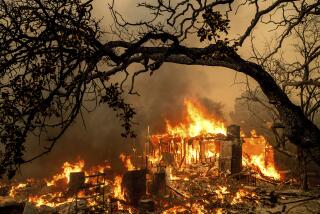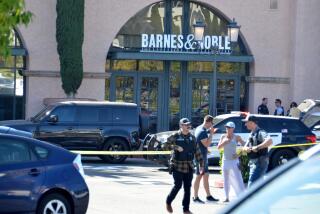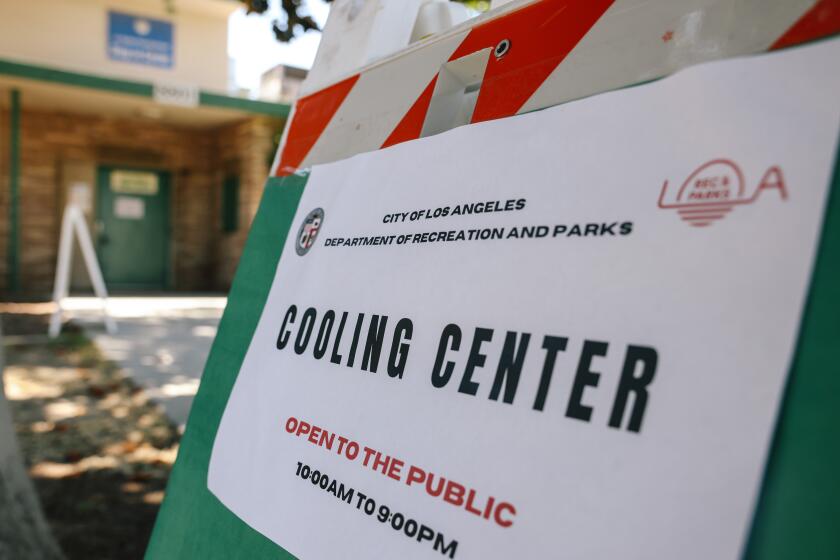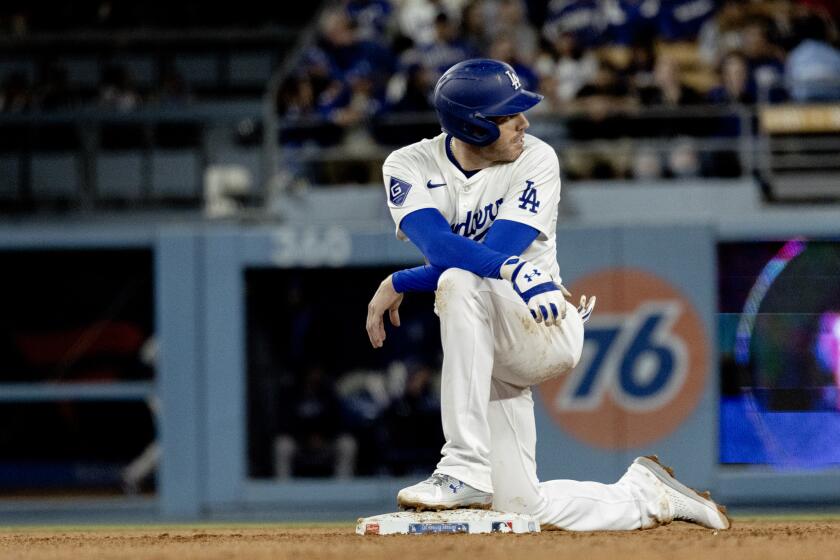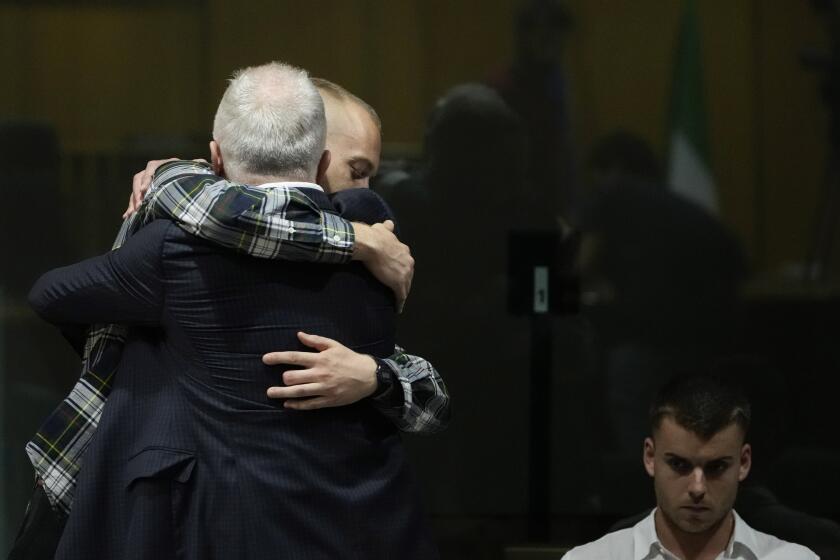Activist Sees New Eastside Protest as Latest Link in a 30-Year Chain
The last time Carlos Montes helped organize antiwar demonstrations, 30,000 people took to the streets in a series of historic rallies in East Los Angeles that became known as the Chicano Moratorium condemning the Vietnam War.
And it is that spirit of protest from 30 years ago that Montes said he plans to tap into with today’s march against a possible war with Iraq.
The 55-year-old retired Xerox salesman said he is not expecting thousands to participate in today’s march from Roosevelt High School to a U.S. Army and Marines recruitment center.
He just wants to see another chapter opened in the Eastside’s rich history, with high school students speaking passionately against the possibility of war and the poor conditions in their schools.
“I didn’t get active until I was in college,” said Montes, a former member of the Brown Berets, a radical activist group that during the Vietnam era advocated civil rights for Mexican Americans.
“It inspires me that these high school students in a barrio school that is dirty have the enthusiasm to get involved and do something,” he said.
The march is being organized by Latinos Against the War, a group of about 70 people made up primarily of high school students, artists, actors, union leaders and community activists. The group has held a series of antiwar demonstration, including weekly vigils, at Soto Street and Cesar Chavez Avenue.
In addition to today’s march, Latinos Against the War is planning another Eastside rally on March 1 with groups from San Diego, Riverside and Fresno participating.
East Los Angeles makes an attractive place to congregate for protests because of the area’s activist history, said Elizabeth “Betita” Martinez, 77, a veteran of the Chicano Moratorium rallies who is leading a group called “Latinos Contra La Guerra” -- Latinos Against the War -- in San Francisco.
In East Los Angeles, some of the high school students organizing the protest said they have read about Montes and the Chicano Moratorium in 1969 and ’70.
“When I first met him, I recognized him,” said Rodolfo Lopez, 17, a senior at Roosevelt High School. “It was like seeing someone who was actually in history.”
Today’s march will start at 3:15 p.m. at Roosevelt High School and culminate in a rally at Plaza del Sol -- site of the military recruitment center -- about a mile away.
The event will highlight one of the organizers’ key complaints: the perception that government spends more resources recruiting young Latinos to die in war than to educate them.
“I don’t get approached by my college recruiter,” said Mayra Caldera, 17, a senior at Roosevelt High School.
“It’s sad that they want you for the military instead of a college education,” Mayra said.
Public school teachers are expected to join the protest.
“Why use money to kill people in another country?” asked Diana Romero, 27, a fifth-grade teacher at Gratts Elementary School, “when you can use the money to save people in this country?”
For the high school students who will march alongside Montes and other activists from the Vietnam era, the potential war offers them an opportunity not only to admire the antiwar legacy of the Eastside but to pass along the baton.
“That’s something that they started and that we need to continue,” Caldera said.
More to Read
Start your day right
Sign up for Essential California for news, features and recommendations from the L.A. Times and beyond in your inbox six days a week.
You may occasionally receive promotional content from the Los Angeles Times.
